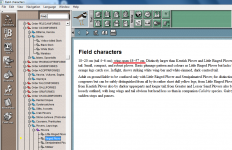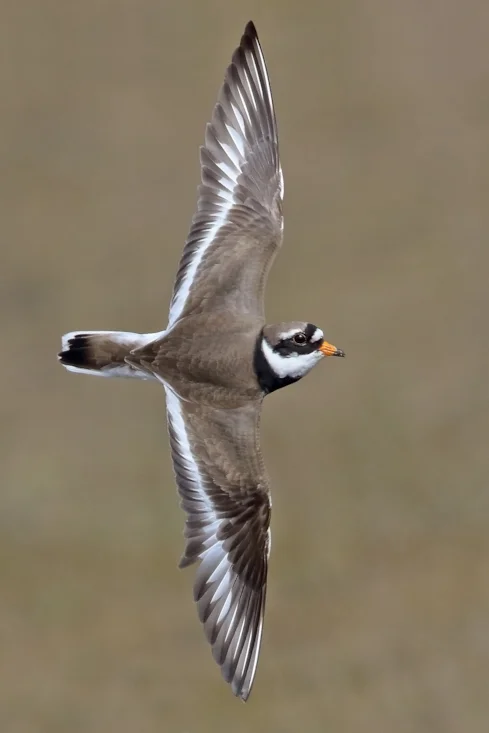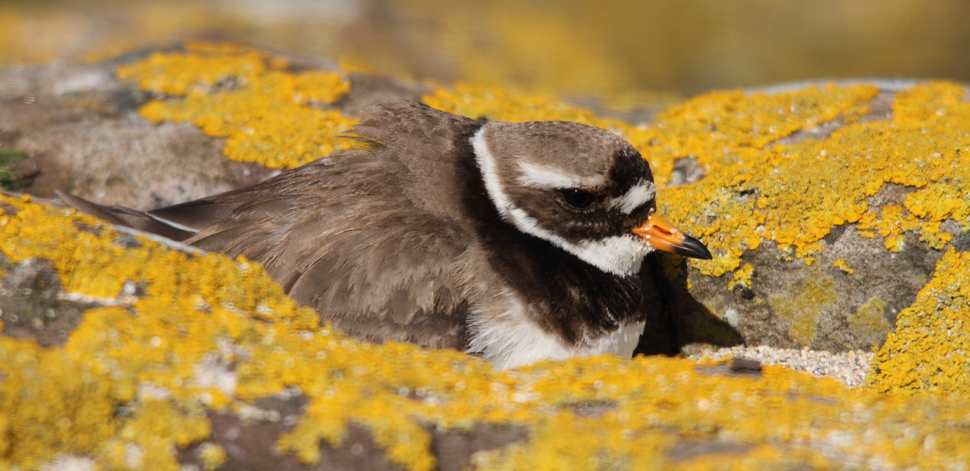Gonçalo Elias
avesdeportugal.info

Hi all,
While I was gathering information about bird wingspans, especially waders, I came across very significant discrepancies in the wingspan values of the birds presented by various sources.
I've noticed this in plovers, but I've now found that the problem affects many other species from different families.
Let me take the case of the Common Ringed Plover Charadrius hiaticula as an example.
According to the Collins Bird Guide (1st edition), this species has a wingspan of 35-41 cm.
However, when I looked up the website birdsoftheworld.org, I found a value of 48-57 cm (which seems quite high for this species) and shortly afterwards I noticed that the other plovers are also given large values. I'm not sure what the correct value is, but this huge discrepancy between different sources doesn't make sense. One of the values must be wrong.
I then tried to confirm the values in other sources, and when I opened the BWP (CD-ROM version) I found this (see image below).
As you can see, BWP also has the 48-57 cm value. The information presented on birdsoftheworld.org for European birds was imported from HBW, so the fact that this number from 48-57 appears in BWP also leads me to believe that HBW may have used the values from the BWP that later migrated to birdsoftheworld.
Right now my problem is this: how do I know which values are correct? What is the best source for wingspan values?
I would appreciate any ideas about how to deal with this.
Best regards,
Gonçalo
Portugal

While I was gathering information about bird wingspans, especially waders, I came across very significant discrepancies in the wingspan values of the birds presented by various sources.
I've noticed this in plovers, but I've now found that the problem affects many other species from different families.
Let me take the case of the Common Ringed Plover Charadrius hiaticula as an example.
According to the Collins Bird Guide (1st edition), this species has a wingspan of 35-41 cm.
However, when I looked up the website birdsoftheworld.org, I found a value of 48-57 cm (which seems quite high for this species) and shortly afterwards I noticed that the other plovers are also given large values. I'm not sure what the correct value is, but this huge discrepancy between different sources doesn't make sense. One of the values must be wrong.
I then tried to confirm the values in other sources, and when I opened the BWP (CD-ROM version) I found this (see image below).
As you can see, BWP also has the 48-57 cm value. The information presented on birdsoftheworld.org for European birds was imported from HBW, so the fact that this number from 48-57 appears in BWP also leads me to believe that HBW may have used the values from the BWP that later migrated to birdsoftheworld.
Right now my problem is this: how do I know which values are correct? What is the best source for wingspan values?
I would appreciate any ideas about how to deal with this.
Best regards,
Gonçalo
Portugal






